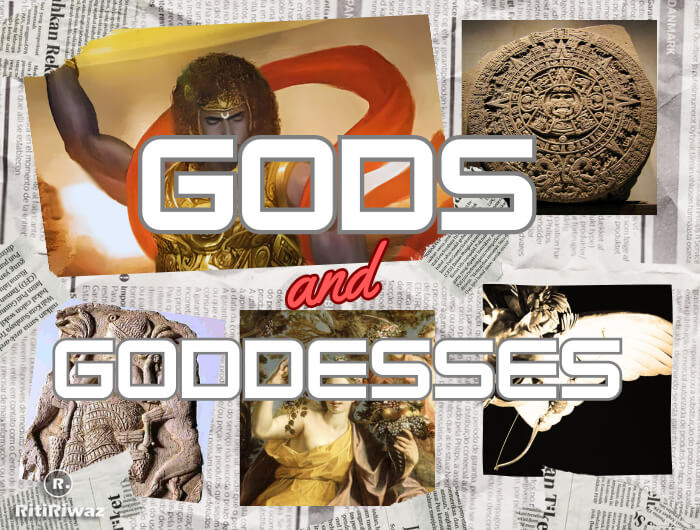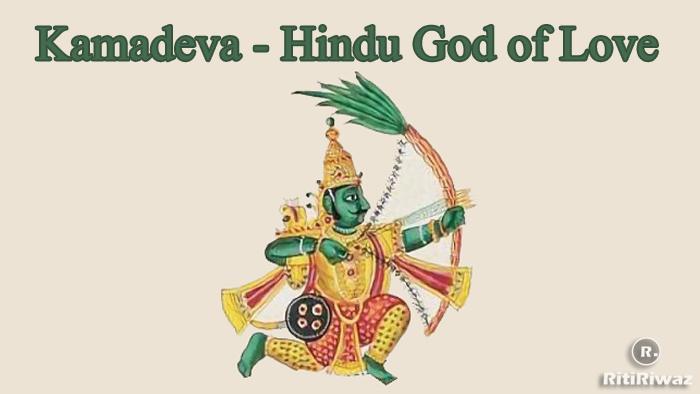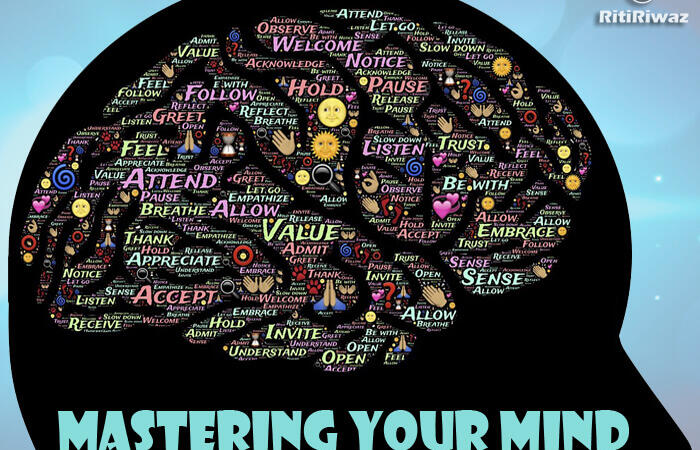Gods and Goddesses from around the world

Each mythological system has its pantheon, or collection of deities. Gods and goddesses may vary greatly from one culture to another. They may be related – one pair can be the parents of the gods – or they may have different parents who are created by one or more supreme deities. Deities may take human form, resemble animals, or be a hybrid of the two, but they are common themes. Gods often specialize in one area of activity, from warfare to agriculture, or take part in the cosmos or a certain region as their province. Deities often act like humans but on a much larger scale, with similar loves, friendships, conflicts, and jealousies.
The Great Goddess
Some of the most ancient statues found by archeologists are figures of ample, large-breasted females, who are thought to be early portrayals of the great Goddess. Sometimes called the Earth Mother, or a fertility goddess often associated with the moon, the Great Goddess is one of the creators of the universe and a guardian of its fruitfulness.
Deities of sun and rain
Early people did not understand what caused changing weather patterns, yet they depended on the weather for their survival – the sun at the right time could produce a rich harvest, but drought could destroy the crops and cause starvation. Wins, rain, and thunder were explained as the activities of various gods. Performing the right sacrifices for the gods ensured the best weather conditions and a plentiful supply of food.
Most cultures have rain, sun, or thunder deities. In places where the sun’s heat was felt most strongly, such as Egypt or South America, the sun god could be the most important deity of all. In areas where rain was scarce, such as the American Southwest, the rain gods were very important. With his booming voice that seemed to crack the heavens, the thunder god was also a powerful deity. Zeus, the Greek thunder god, was also king of the gods. The Norse thunder god, Thor, was terrifying in his anger and was a great warrior against the giants.
Gods of land and sea
Many gods began as local deities – the spirit of a particular place. Later, their fame would spread or their myths combine with those of similar gods from nearby regions. And so hills, mountains, rivers, lakes, forests, and other parts of the earth had their gods and goddesses. Their power and importance always depended on the type of culture and the local geography. For example, many landlocked people of central Europe feared spirits of the forest, who led people astray, or gods of streams and lakes, who could drag unwary travelers into the deep. For the Greeks with their maritime civilization, the sea god Poseidon has great power.
Fertility
Gods and goddesses of vegetation were common wherever agriculture was practiced. They were worshipped to make the fields fertile to ensure good harvest and plentiful food. Sometimes these deities were related to the sun and rain gods, but often they had a separate existence. There are deities, like Corn Woman from the American Great Plains or the Chinese Shen Nung, who taught people how to grow crops. Some deities, like Persephone, whose movement echoed the changing seasons, were essential to agriculture. But others, like Mesopotamian god Telepinus, were almost comic figures, whose silly sulks made the crop fail.
Love, marriage, and childbirth

The ability of people to form lasting relationships and bear children was important. Some of the most popular deities were the gods and goddesses of love. Figures such as Greek Aphrodite, the Egyptian fertility goddess Aset, and the Mesopotamian Ishtar were well-known and widely worshiped. The love gods’ power was notorious and fast-acting – the Greek Cupid and the Hindu Kama fired arrows of desire at their victims. Gentler goddesses, such as the Egyptian Taweret and the Slavic Mokosh, helped mothers in childbirth.
Suggested Read: Important Hindu Gods






